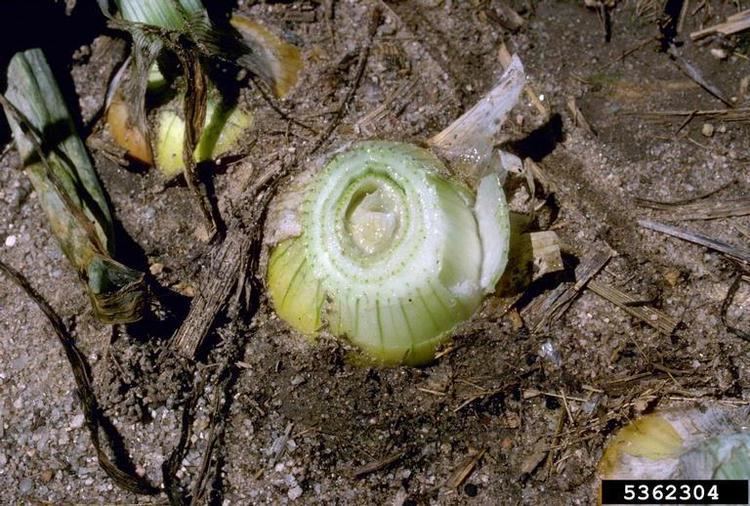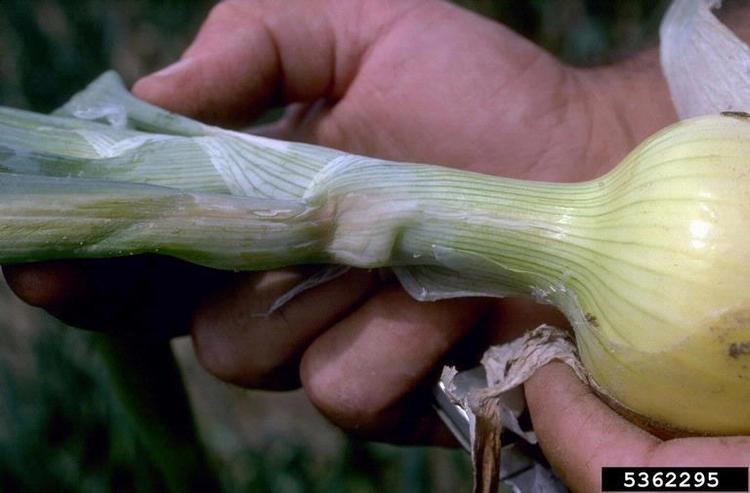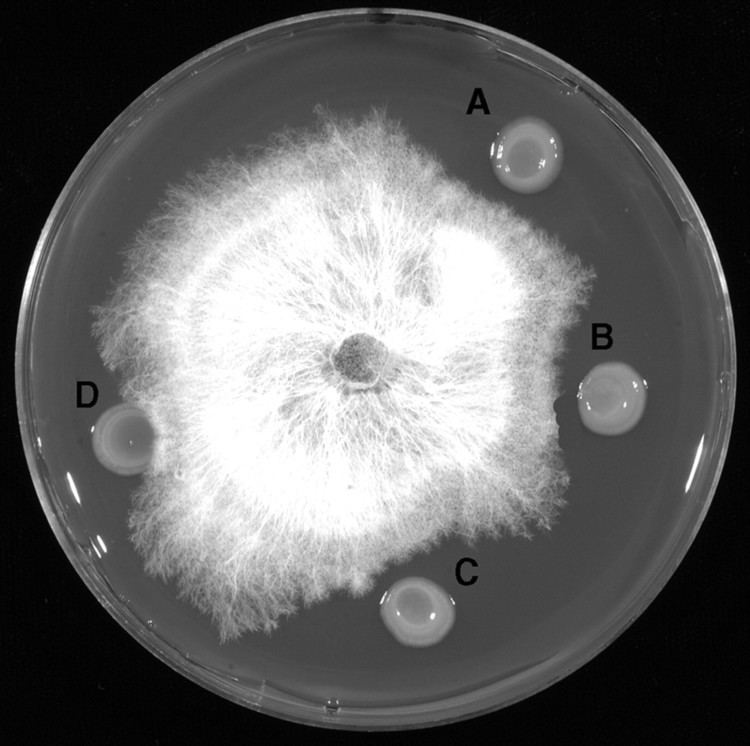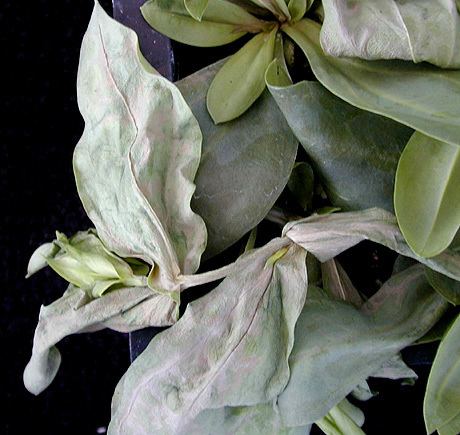Scientific name Burkholderia gladioli Rank Species | ||
 | ||
Similar Burkholderia, Bacteria, Burkholderia glumae, Burkholderia multivorans, Ralstonia pickettii | ||
wikipedia burkholderia gladioli
Burkholderia gladioli is a species of aerobic gram-negative rod-shaped bacteria that causes disease in both humans and plants. It can also live in symbiosis with plants and fungi and is found in soil, water, the rhizosphere, and in many animals. It was formerly known as Pseudomonas marginata.
Contents
- wikipedia burkholderia gladioli
- Medical vocabulary what does burkholderia gladioli mean
- Nomenclature
- Identification
- In plants
- In humans
- References

One pathovariety, growing on coconut pulp, produces the respiratory toxin bongkrek acid which can cause fatal poisoning in humans.

Medical vocabulary what does burkholderia gladioli mean
Nomenclature

The members of the genus Burkholderia were formerly classified as Pseudomonas, but Burkholderia was one of the seven genera that arose when Pseudomonas was divided based on rRNA differences. Burkholderia gladioli is closely related to, and often mistaken for, a member of the Burkholderia cepacia complex. This includes ten closely related species, which are all plant pathogens.

Burkholderia gladioli is divided into three pathovars: gladioli, allicola, and agaricicola. B. gladioli pv. gladioli causes gladiolus rot, allicola causes onion bulb rot, and agaricicola causes soft rot in mushrooms
Identification

Burkholderia are motile, Gram negative rods that may be straight or slightly curved. They are aerobic, catalase positive, urease positive, nonsporeformers. They grow on MacConkey agar, but do not ferment the lactose. Burkholderia gladioli can be distinguished from the other Burkholderia because it is oxidase negative B. gladioli is indole negative, nitrate negative, and lysine decorboxylation negative

On the molecular level, PCR can be used to distinguish between the different Burkholderia species. According to Furuya et al., the ribosomal RNA gene is highly conserved and universally distributed in all living things, and therefore difference in the DNA sequences between 16S and 23S rRNA genes can be used to differentiate between the species.
The primers used for the amplification of the 16S to 23S region in the B. gladioli genome are as follows: GLA-f 5'-(CGAGCTAATACCGCGAAA)-3' and GLA-r 5'-(AGACTCGAGTCAACTGA)-3' Using these primers for PCR results in an amplicon of approximately 300bp.
All members of the Burkholderia genus have multireplicon genomes. They are able to keep "essential housekeeping" genes on the largest chromosome This largest chromosome has a single origin of replication. The gene order and GC composition is conserved as well. Members of the Burkholderia genus are able to capture and retain foreign DNA. The foreign DNA can be detected by looking for atypical GC context areas. One of the first foreign DNA segments detected this way encoded for virulence.
In plants
Burkholderia gladioli has been identified as a plant pathogen in onions, gladiolus, iris, and together with Burkholderia glumae affect the rice. It was originally described to have caused rot of gladiolus corms. The bulbs can become water soaked and decay.
Some other common symptoms of infected plants can be seen in the leaves. The leaves contain brown legions, and they may become watersoaked. Other symptoms are the wilting and/or rot of roots, stems, and petals. B. gladioli has also been identified as the causative agent in leaf-sheath browning in gladiolas and onions. Sometimes, the whole plant decays.
One widespread plant disease caused by Burkholderia gladioli is called scab. It can be seen on Gladiolus corms as water-soaked brown spots, outlined in yellow. Eventually, they can become hollow and surrounded by scabs. If the scabs fall off, they leave behind cavities or lesions.
In humans
Burkholderia gladioli in humans is an opportunistic pathogen that is an important agent for hospital-associated infections. It has recently appeared as a severe pathogen in patients with cystic fibrosis, causing severe pulmonary infections. Though it is still a fairly uncommon pathogen, its presence is associated with a poor prognosis. It has also colonized the respiratory tracts of patients with granulomatous disease. In lung transplant patients, infection can be fatal as patients have developed bacteremia and sterile wound infections as a result.
Tempe bongkrèk, a variation of tempeh prepared with coconut, is susceptible to B. gladioli pathovar. cocovenenans contamination. Contaminated tempe bongkrèk can contain lethal amounts of highly toxic bongkrek acid and toxoflavin.
B. gladioli was implicated in the 2015 deaths of 75 people, in Mozambique, who had consumed a home-brewed beer made from corn flour that was contaminated with the bacterium.
